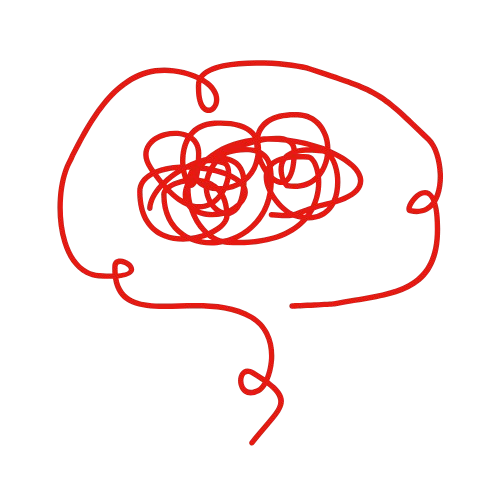- Published on
The Unspoken Rules of Elevator Etiquette
- Authors

- Name
- Mindmire
- @Md_Khokon_Mia
Previous Article
The Unspoken Rules of Elevator Etiquette
Have you ever noticed that stepping into an elevator is akin to entering a silent, socially-awkward theater production? It's a curious space where the audience is also the cast, and the rules of engagement are as unwritten as they are universally understood.
Picture this: you step into an elevator, and suddenly, a palpable shift occurs. Conversations that once flowed freely in the hallway dissolve into silence. Eyes that were happily making contact now dart to the floor or the ceiling, as if the very act of acknowledging another human in this confined space is a breach of some ancient code. Why is it that elevators, of all places, turn us into introverted mimes?
The pattern is undeniable. There's the obligatory nod or forced smile upon entry, the strategic positioning to maximize personal space, and the unspoken agreement to face forward, observing the progression of floors like a flock of birds instinctively flying in formation. It's a performance of synchronized solitude.
But let's delve deeper. What does this behavior reveal about us? At its core, the elevator is a microcosm of societal norms distilled to their purest form. It's a place where our collective desire for privacy, even in close quarters, is respected almost religiously. The irony, of course, is that the more we try to preserve our personal bubbles, the more aware we become of the bubbles themselves.
Consider the "Door Close" button, that oft-mashed icon of impatience. It's a symbol of our modern need for control in a world that often feels overwhelmingly chaotic. Yet, the truth is, most of these buttons are placebos, unconnected to any mechanism. We press them nonetheless, a ritual of false empowerment that speaks volumes about our relationship with technology and our need for instant gratification.
There's a broader theme here about how we navigate shared spaces in our increasingly crowded world. The elevator is a miniature stage where we enact the dance of polite detachment—a reflection of how we balance personal space with communal living. It's a reminder that while technology may advance, our primal instincts for self-preservation and social harmony remain unchanged.
So next time you step into an elevator, take a moment to observe this silent ballet. Notice the way people move, the subtle exchanges of glances, and the universal relief when the doors finally open to freedom. It's a small, everyday occurrence, yet it mirrors the larger theater of life where we all play our parts, adhering to unwritten scripts that guide our interactions.
And perhaps, in recognizing these patterns, we can find humor in our shared quirks and irony in our silent agreements. After all, isn't it fascinating how a simple elevator ride can offer such profound insights into the human condition?